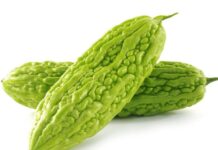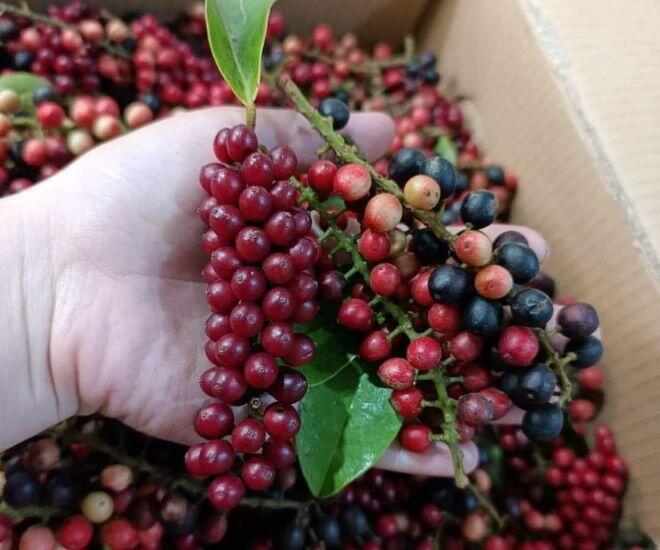
Choy moi, also known as choy moi, is a woody plant that can grow over 10 meters tall, with extensive branching. Its oval-shaped leaves are smooth on top and covered with fine hairs underneath. When young, the leaves have a slightly bitter and tangy taste, often used by locals as raw vegetables, boiled greens, or stir-fried with other wild vegetables.
The fruit of the choy moi grows in clusters, starting green when unripe, turning reddish as it matures, and deep black when fully ripe, with a sweet and refreshing flavor. From March to June, the tree blooms, but the peak fruiting season is typically in July. Though smaller than a chopstick, the vibrant clusters of choy moi fruit captivate with their unforgettable sweet-tart taste.
Choy moi is widely distributed across various regions. In Southern and Central Vietnam, it thrives along riverbanks and rice paddies. In the North, it’s commonly found in the mountainous areas of the Northwest, such as Yen Bai, Son La, and Hoa Binh. There are several varieties, including common choy moi, purple choy moi, shrubby choy moi, and grooved choy moi, with the common variety being the most prevalent.
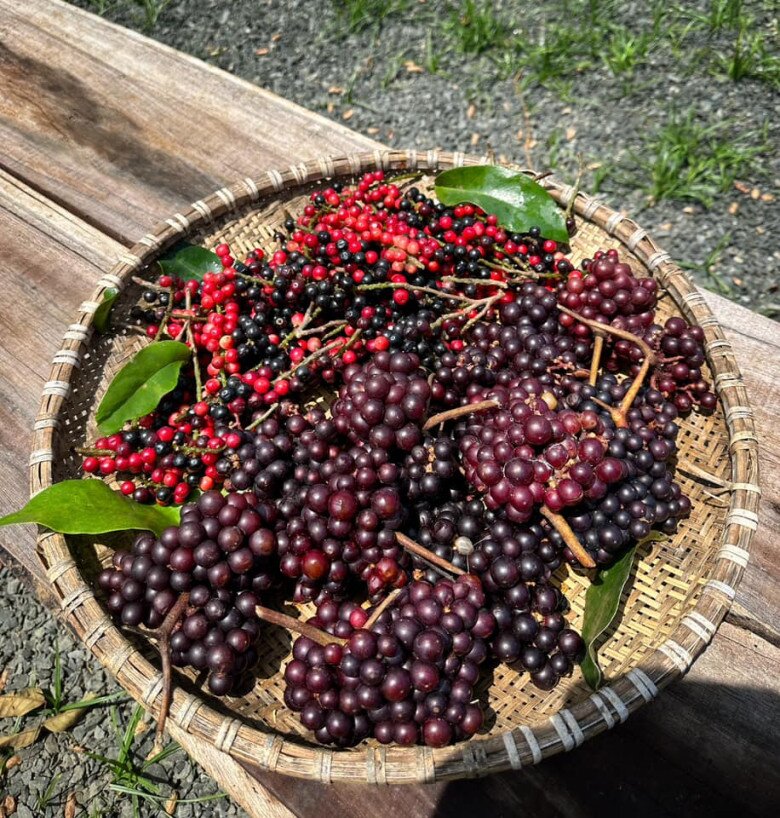
For children in the Seven Mountains region, the rainy season is synonymous with snacking on a variety of forest fruits. Among these, choy moi is a cherished treat. Adults climb trees to harvest the fruit for the eager children, who delight in the ripe, red clusters. Paired with a simple salt and chili dip, choy moi becomes a snack bursting with sour, spicy, salty, and sweet flavors.
The flavor of choy moi fruit is uniquely tied to the forest: a tangy sweetness unlike any other fruit. Many enjoy eating entire clusters to savor the harmonious blend of flavors from multiple fruits at once. For families in the foothills, choy moi is a nostalgic childhood treat, simple yet deeply meaningful.
Remarkably, nearly every part of the choy moi plant is usable. Young leaves are eaten raw, boiled, or stir-fried; unripe fruits enhance salads; mature fruits add sourness to soups; and ripe fruits are enjoyed as snacks. Locals also preserve ripe fruits to make jams, wine, or herbal beverages.
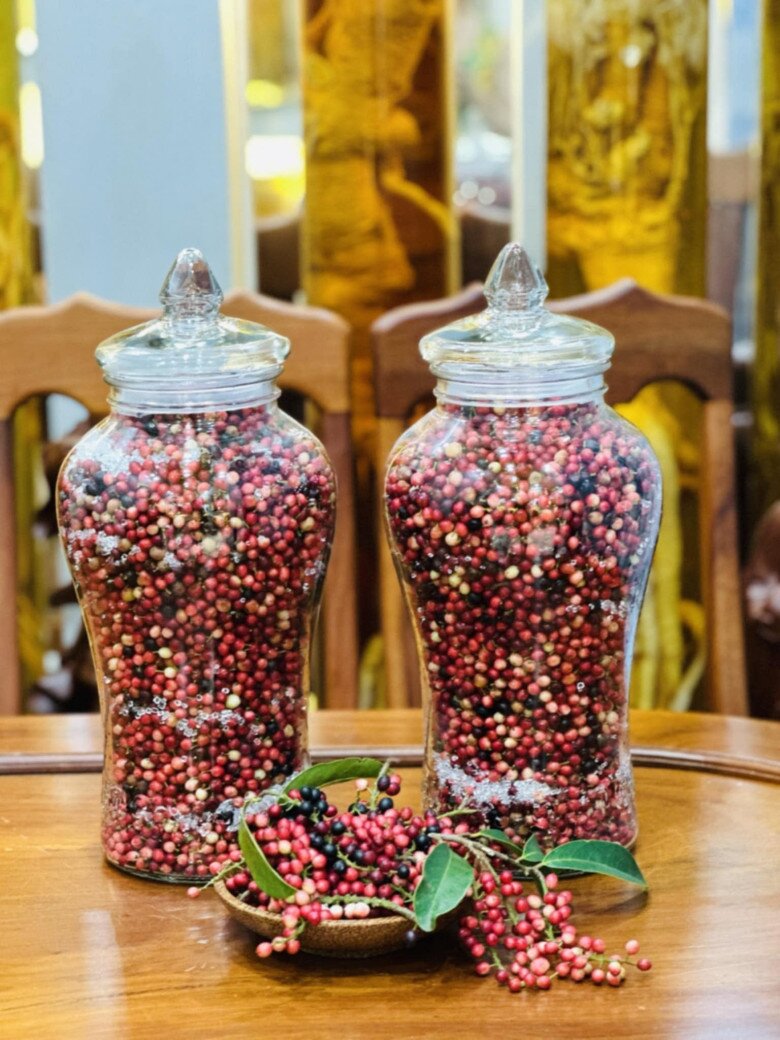
In Thailand, the ripe fruit’s pulp has been studied for processing into antioxidant-rich soluble herbal powder. Locally, choy moi leaves are used in traditional medicine, mashed and applied to alleviate joint pain.
Today, choy moi is less common due to agricultural expansion. Finding its leaves or fruits has become challenging, with traders often pre-ordering and sourcing them from mountainous regions to meet demand.
Choy moi is more than just a forest fruit or vegetable—it’s a piece of generational memory. It evokes childhood flavors for mountain children during simpler times and serves as a leisurely snack for adults on rainy afternoons. Amidst modern snacks, its rustic charm remains invaluable, reminding us of a humble era where people cherished nature’s gifts.
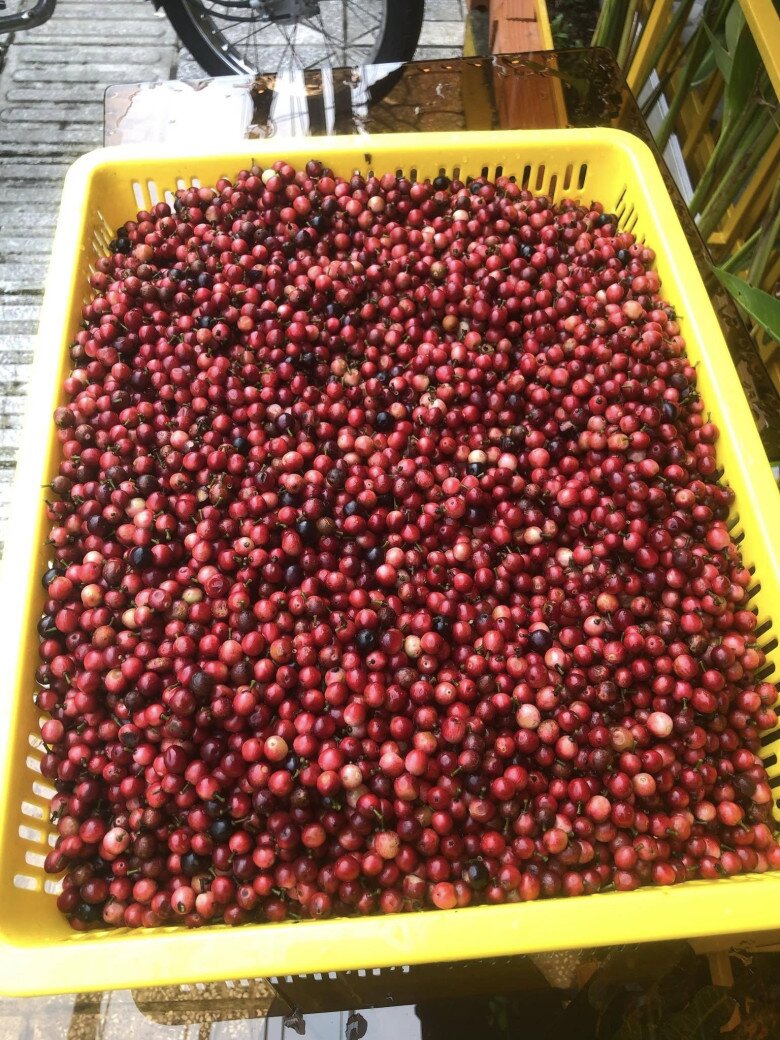
From a wild plant, choy moi has become a specialty of the Seven Mountains region. Though rarer today, its signature sweet-tart flavor and culinary and medicinal value have cemented its place in the lives of mountain communities.
For travelers, visiting An Giang and the Seven Mountains offers more than scenic beauty and cultural richness—it’s a chance to taste unique forest fruits like choy moi. This experience highlights the diversity of local cuisine and leaves a lasting impression of the serene, bountiful land in Vietnam’s Southwest.













